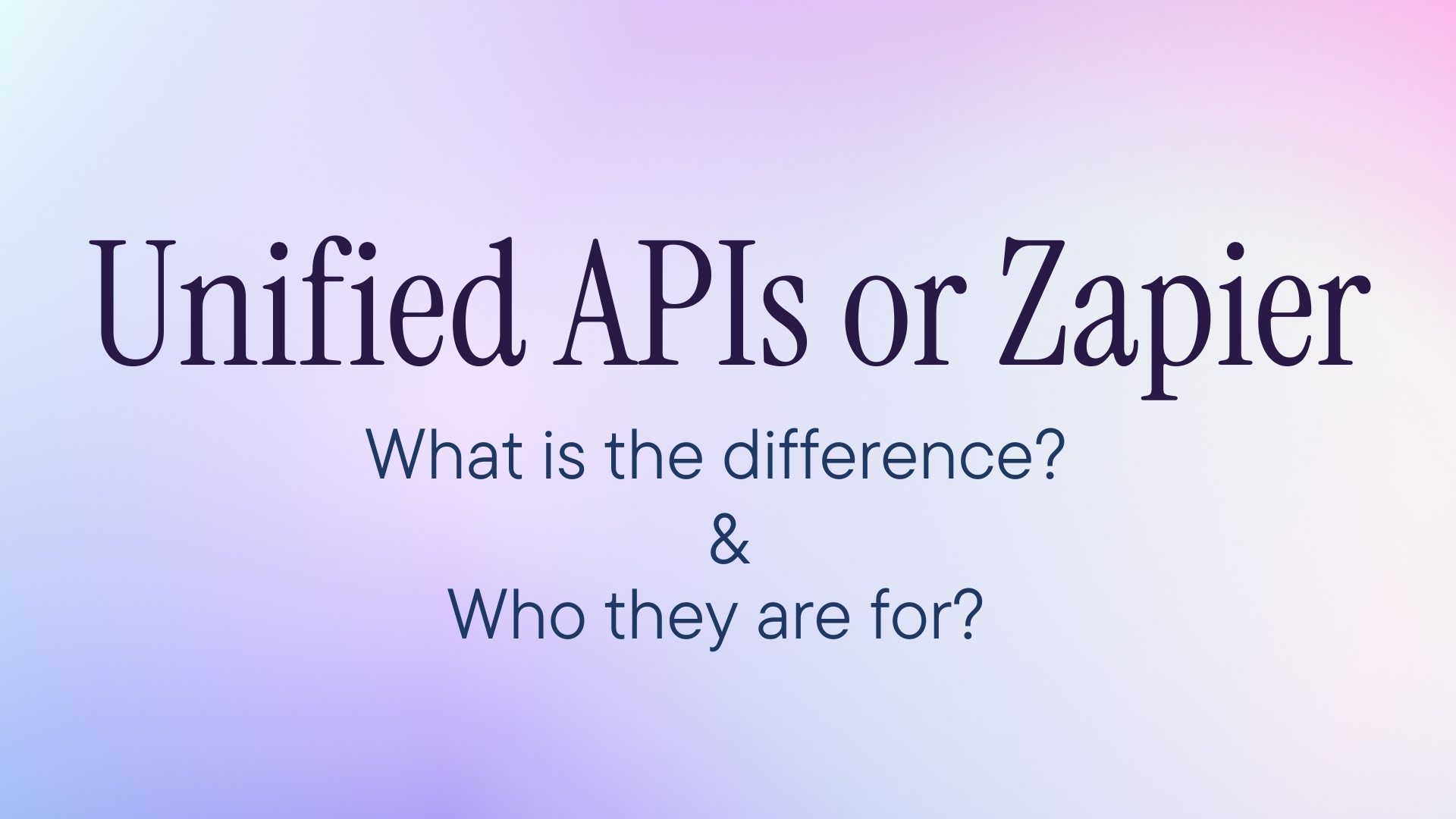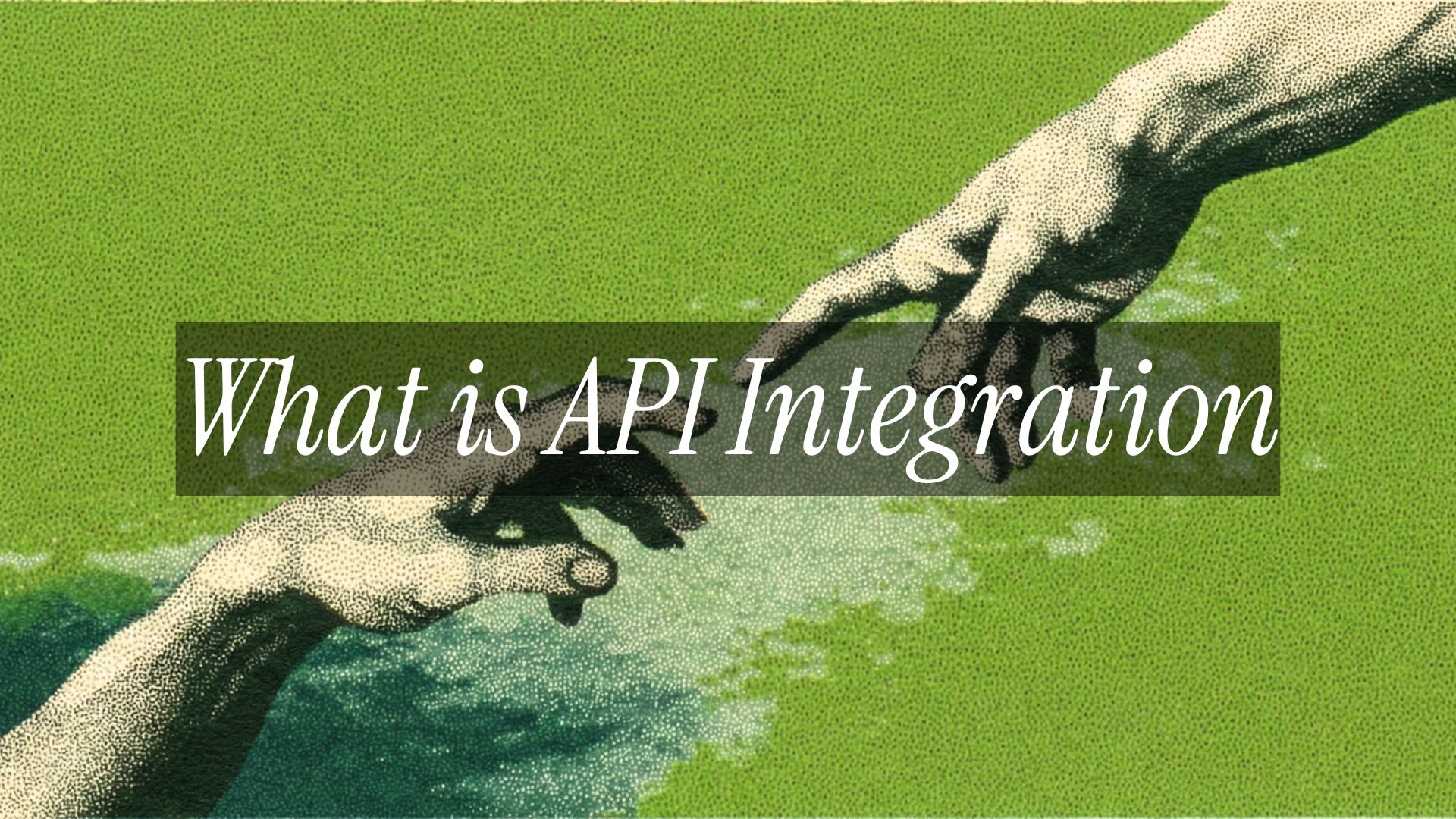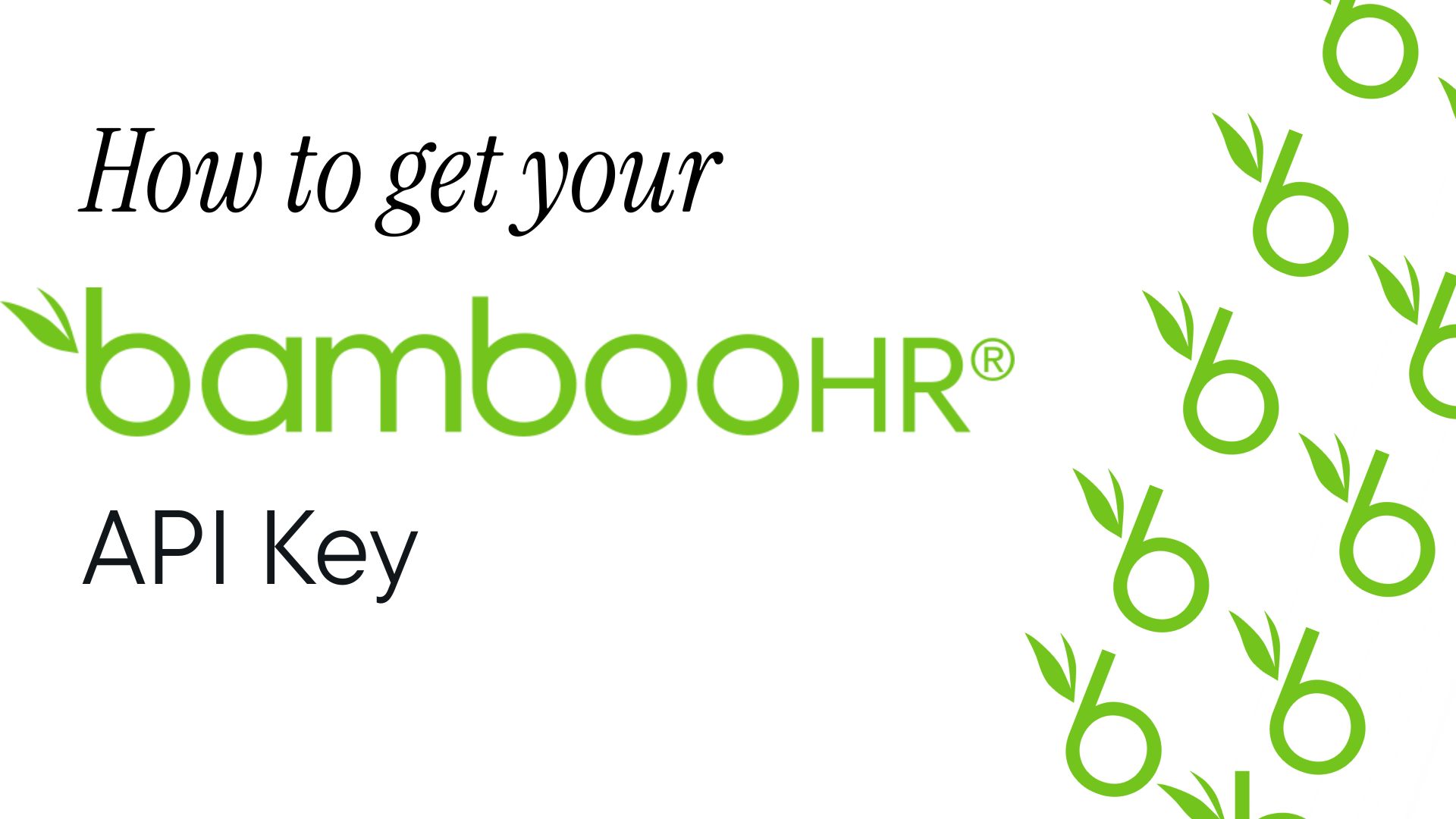In the world of software integration, two popular approaches often come up: Unified APIs and iPaaS platforms. While they both help connect apps and systems, they’re designed for very different audiences, serve different purposes, and handle very different types of data.
Let’s break it down in plain terms.
🧩 What Is a Unified API?
Unified APIs, like Apideck, provide developers with a single, consistent API that connects to many different services in a specific category—CRMs, HR tools, accounting systems, etc.
Instead of learning and coding against 10 different APIs, developers only need to work with one.
💡 Real Examples:
- HRIS integration: You're building an employee onboarding tool and want customers to sync employee data from systems like BambooHR, HiBob, or Workday into your app.
- Accounting integration: You’re building a financial dashboard and need access to invoices or revenue data from QuickBooks, Xero, or Sage on behalf of your customers.
- CRM integration: You’re building a sales enablement platform and want users to sync their contacts and deal data from HubSpot, Salesforce, or Pipedrive into your tool.
With Apideck, you integrate once, and your customers can choose whichever system they already use.
⚙️ What Is an iPaaS?
iPaaS (Integration Platform as a Service) tools like Zapier are built for non-technical users. These platforms offer drag-and-drop automation between apps your business already uses.
No code required—just set up rules like “When X happens in App A, do Y in App B.”
💡 Real Example:
Your marketing team wants to send new Typeform responses to Slack and create tasks in Asana. With Zapier, they can set that up in minutes, no development resources needed.
🎯 The Core Differences
Let’s compare them side by side:
| Apideck (Unified API) | Zapier (iPaaS) | |
|---|---|---|
| Audience | Developers, Product Teams | Ops Teams, Marketers, Support, Non-tech users |
| Purpose | Power native integrations inside your product | Automate internal workflows |
| Data Flow | Connects your end-users’ data from external services | Moves your own/team data between your tools |
| Requires coding? | ✅ Yes | ❌ No |
| UX ownership | Fully embedded inside your app | Runs outside your app via Zapier dashboard |
| Example use case | Syncing a user’s Salesforce data into your CRM platform | Notifying Slack when a HubSpot lead is created |

🔍 Data Ownership: A Key Distinction
One of the biggest differences lies in whose data is being moved:
- Apideck (Unified API) helps you work with your users’ data. You’re building features into your own product that allow your customers to connect their tools (like syncing their contacts from Salesforce into your app).
- Zapier (iPaaS) moves around your own data or your team’s data. You’re automating things for internal convenience, not building new product features for others.
🧠 TL;DR
| You’re a... | You should use... | If you want to... |
|---|---|---|
| Developer building a SaaS product | Apideck (Unified API) | Embed integrations into your product using your customers’ data |
| Ops or marketing team | Zapier (iPaaS) | Automate repetitive workflows between tools your team uses |
🚀 Final Thoughts
Unified APIs and iPaaS platforms both exist to make integrations easier—but they serve very different purposes.
- If you're building productized integrations that connect with your customers’ apps, Unified APIs like Apideck are the way to go.
- If you're looking to automate daily workflows between tools like Slack, Gmail, or Notion, iPaaS tools like Zapier are a perfect fit.
Need help figuring out which one fits your use case? Let’s talk.
Ready to get started?
Scale your integration strategy and deliver the integrations your customers need in record time.








